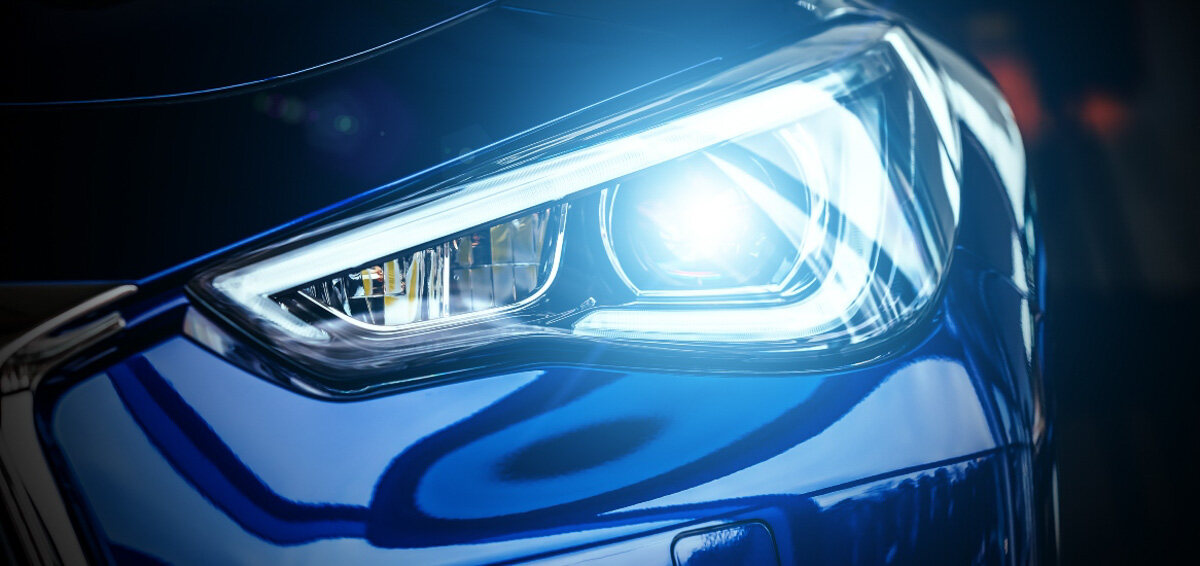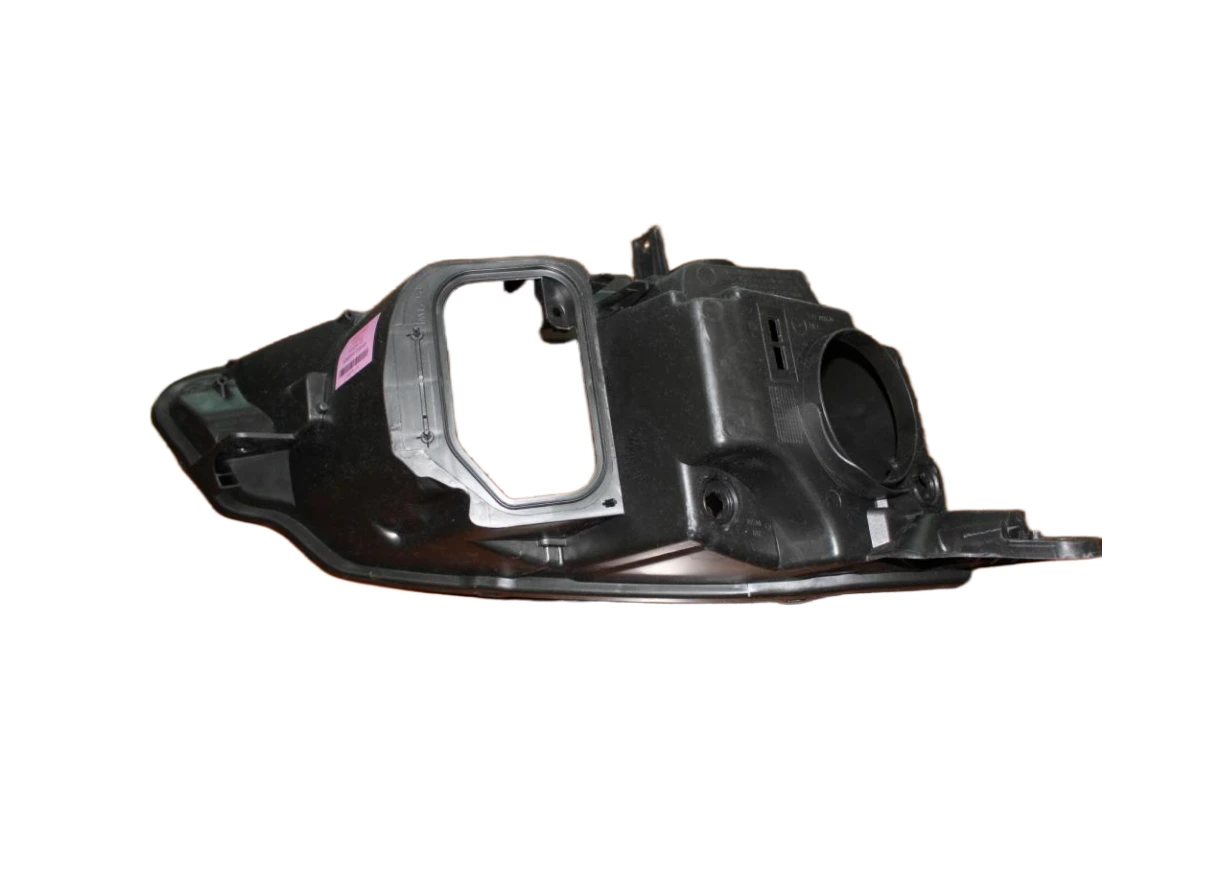Erreur de format d'e-mail
emailCannotEmpty
emailDoesExist
pwdLetterLimtTip
inconsistentPwd
pwdLetterLimtTip
inconsistentPwd

Offer Technical Support and Customized Solutions
The company is committed to creating new and improved plastic materials to meet the evolving demands of the market.

The Current State and Significance of Automotive Lightweighting
As a byproduct of technological development, automobiles serve as essential physical transportation tools in both the economic sphere and everyday life. The primary directions of automotive development focus on comfort, safety, intelligence, and economy. With the increasing global awareness of protecting non-renewable energy sources and environmental requirements, low energy consumption and emissions have become the most crucial technical tasks alongside safety and intelligence. Globally, there is a strong push towards advancing powertrain technologies and developing new energy vehicle technologies, regardless of whether they are fuel vehicles, hybrid vehicles, or pure electric vehicles. Weight reduction remains a constant theme, with techniques such as using high-strength steel, magnesium alloy aluminum alloy with low specific gravity, fiber-reinforced composite materials, hard foam reinforcement, steel substitution with plastics, and new composite stamping and welding processes, among others, achieving weight reductions of 15-53% while ensuring safety. Many research institutions and companies have made significant achievements in materials, processes, technologies, and designs.
The Current State
According to test results in Europe, Ford's Transit vehicle meets Euro IV standards under the following conditions: fuel consumption (Y) per hundred kilometers is related to its own mass (x) in kilograms as follows: Y = 0.003X + 3.3434. A 10% reduction in vehicle weight can increase fuel efficiency by 6%-8%, reduce tailpipe emissions by approximately 5%, and reduce raw material costs by about 10%. The decrease in fuel consumption also means a reduction in harmful gas emissions such as CO2 and nitrogen oxides (NOx), playing a crucial role in reducing fuel consumption and carbon emissions requirements. Numerous tests on various types of vehicles have shown a certain linear relationship between vehicle fuel consumption and mass. Therefore, reducing vehicle weight through lightweighting methods to decrease fuel consumption has become the most popular research topic in the automotive industry. Currently, automotive lightweighting has become an essential means for automakers to respond to energy-saving and emission reduction policies worldwide. The European Union has approved an agreement to strengthen carbon dioxide standards, requiring that by 2020, carbon dioxide emissions per kilometer for new vehicles in the EU region must be controlled at 95 grams per kilometer. According to data provided by the European Environment Agency (EEA), the average carbon dioxide emission level of new cars in Europe in 2012 was 132.2 grams/kilometer, a 9% improvement over 2009, and is expected to reduce by 28.1% by 2020. Japanese car manufacturers have also considered lightweighting as a crucial guiding principle in overall vehicle design. According to regulations, Japanese vehicle owners must pay vehicle weight tax and vehicle tax on time. These taxes are related to the weight and displacement of the vehicle. The heavier and larger the displacement, the more money is paid. For example, the weight tax for luxury cars with long service life and heavy emissions is about 80,000 yen per year, while new mini-cars only need to pay 12,000 yen, a difference of more than 6 times. In recent years, the Chinese government has also introduced a series of energy-saving and emission reduction measures, such as actively promoting the development of new energy vehicles and restricting the average fuel consumption of car manufacturers.
Lighting Technology, Transparent Plastics, and Lightweighting
In the 1980s, the energy crisis prompted Japan to formally propose the concept of automotive lightweighting, designing new vehicle models that effectively save energy and raw materials. The use of injection molding technology to produce automobile headlights has increased automation levels and further improved the lighting fixture industry's lightweight design capabilities. PC (polycarbonate) due to its strong impact resistance equivalent to about 250 times that of inorganic glass, replaced glass in early automotive headlights. The reflector and bracket body are both injection molded from plastic, and the lampshade and lamp body are assembled using adhesive bonding or welding, reducing weight by 20-60% compared to traditional glass headlights. In addition, the decorative functional parts of the lamp shape utilize PC's excellent optical and coloring properties, using transparent colored PC or PMMA for injection molding, which is very convenient. Among these transparent colored plastics, the heat resistance and weather resistance of the color masterbatch are essential. As an outer part, most of them are coated with a hard film on the surface of PC, further improving scratch resistance and weather resistance. Compared with glass lenses, they are brighter, more resistant to breakage, and have better shape accuracy and moldability. It can absorb impact energy and vibration energy to reduce human injury during collisions and increase the car's safety factor. Parts such as reflective lenses and decorative rings are electroplated or aluminum-plated. In the lamp, except for heat dissipation components, almost all parts can be replaced by plastic parts, and lightweighting technology is relatively mature.
Changes Caused by Automotive Electronic Technology Development
With the increasing proportion of automotive electronic and electrical systems, innovative design techniques can be used to achieve the purpose of replacing mechanical functions with electronics, ultimately reducing mechanical parts and weight. Currently, companies such as Marelli, Hella, Osram, including Mercedes-Benz, BMW, Audi, etc., have successively launched some ADB (adaptive driving beam) headlights, some of which have been put into mass production. From Audi's 9-beam and 84-pixel system to the ongoing test of the 1024-pixel intelligent projection headlight, the previously popular high-end adaptive steering or directional lighting has been integrated with more precise pixel lighting technology elements, or directly replaced. There is no need for complex mechanical steering mechanisms; instead, high-pixel electronic lighting systems are used, which have low heat generation, light weight, and higher safety.
Automotive lightweighting is not only applicable to traditional fuel vehicles but also crucial for new energy electric vehicles because it is related to the primary range issue of new energy vehicles. Research in the field of lightweighting has concluded that weight reduction directly translates to increased driving range. For example, for pure electric vehicles, if the vehicle weight is reduced by 10 kg, the driving range can be increased by 2.5 km. In addition to strengthening the battery and propulsion systems, weight reduction is critical. As mentioned earlier, the continuous development of lighting technology for car lights, structural simplification, and material substitution with plastics has significantly reduced the weight of car lights. How does the development of new lighting technology differ from traditional power vehicles and new energy vehicles? In addition to the significant benefits of weight reduction for increased driving range, the low energy consumption of new lighting technology will significantly reduce the consumption of lighting systems on energy storage systems, thereby using more electricity for driving range. The pixelation technology revolution of new LED or laser headlights, eliminating the need for reflector bowls, makes the layout more flexible and compact, highlighting the advantages of light weight and low power consumption.
As an experienced supplier of automotive plastic pellets, Topo has a wealth of experience in providing car manufacturers with materials such as PP, PA6, ABS, PC/ABS, and more. If you have any inquiries or require further information regarding materials and content, please do not hesitate to contact us.

